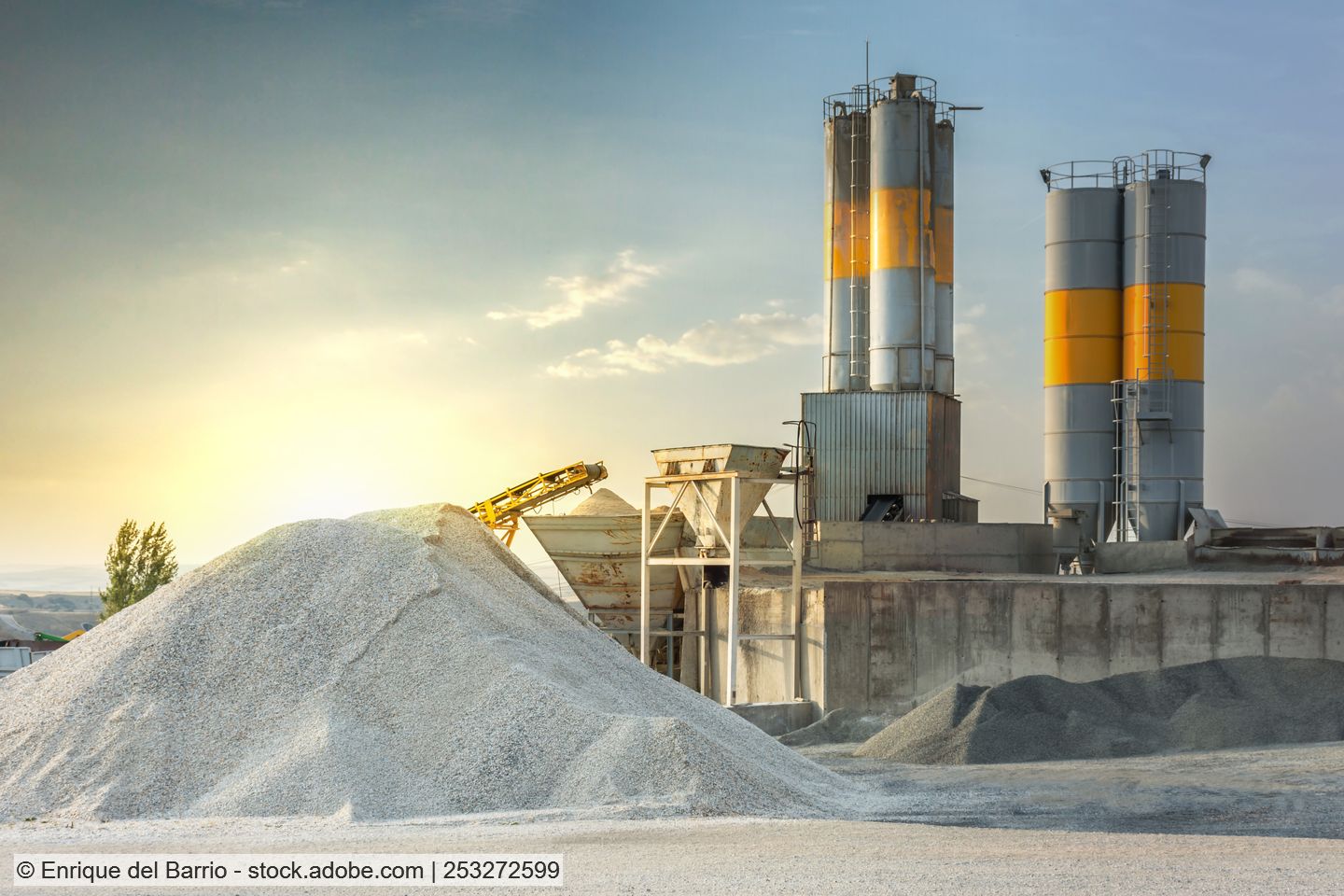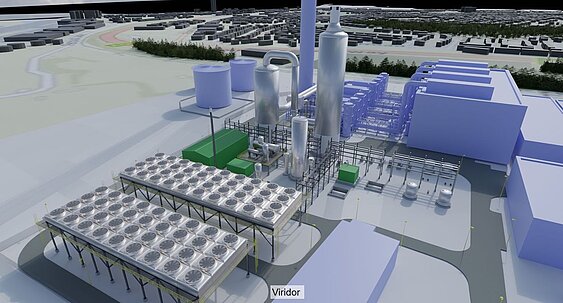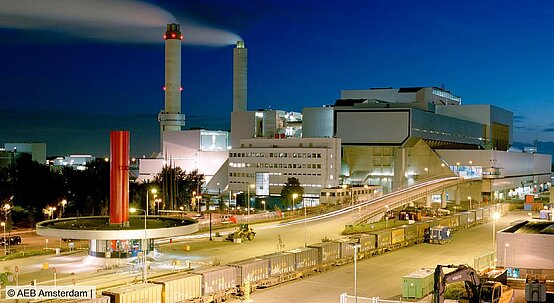The cement industry is one of the world's largest emitters of carbon dioxide, accounting for around 8 per cent of total emissions. To improve their carbon footprint and reduce energy costs, building materials companies around the globe are boosting the use of alternative, waste-derived fuels (WDF) and raw materials. In fact, EUWID’s annual analysis of data from the world's largest building materials companies showed that almost all the industry giants had increased their thermal substitution rate (TSR) last year by replacing fossil fuels with more sustainable alternatives. The analysis also revealed that TSR targets for the years ahead are becoming increasingly ambitious as companies strive to drive CO2 emissions down to net zero by 2050.
Over the past five years, EUWID has been collecting data on the co-incineration and co-processing of waste in the cement kilns of the world's largest building materials manufacturers. This data is drawn from the latest annual and sustainability reports published by these companies, as well as other information provided by the companies on request. The latest EUWID analysis shows a notable increase in the importance these companies attach to decarbonisation and the circular economy.
Read our full report and table of figures for 2022, providing an overview of co-incineration at the world's largest cement producers......




